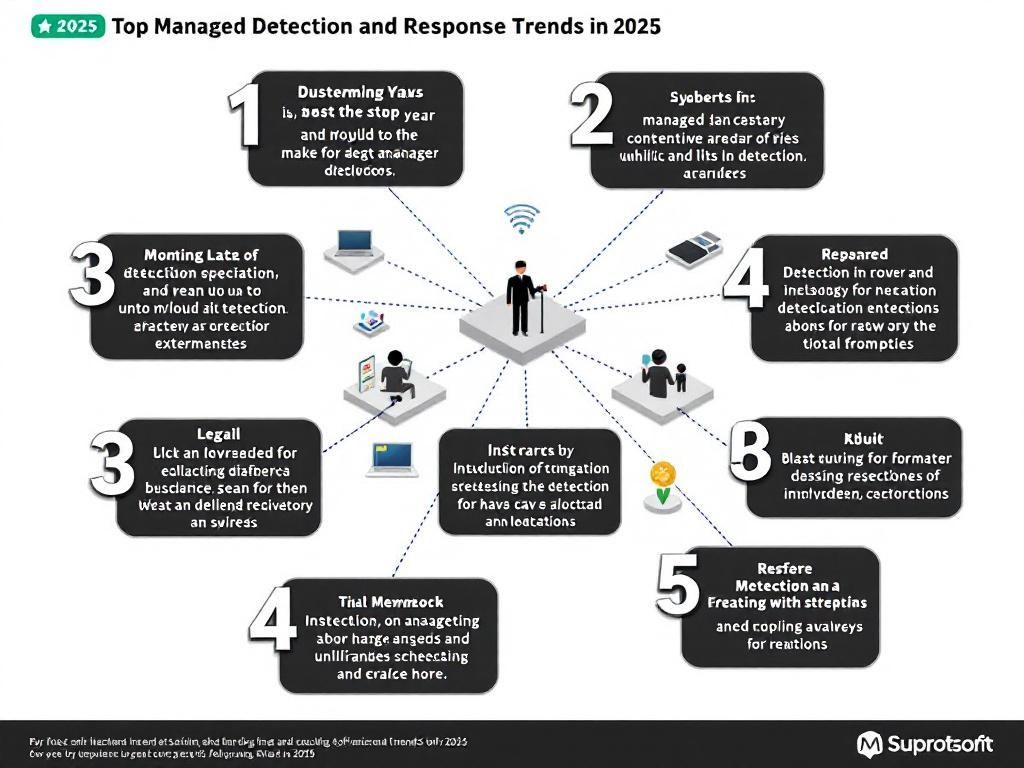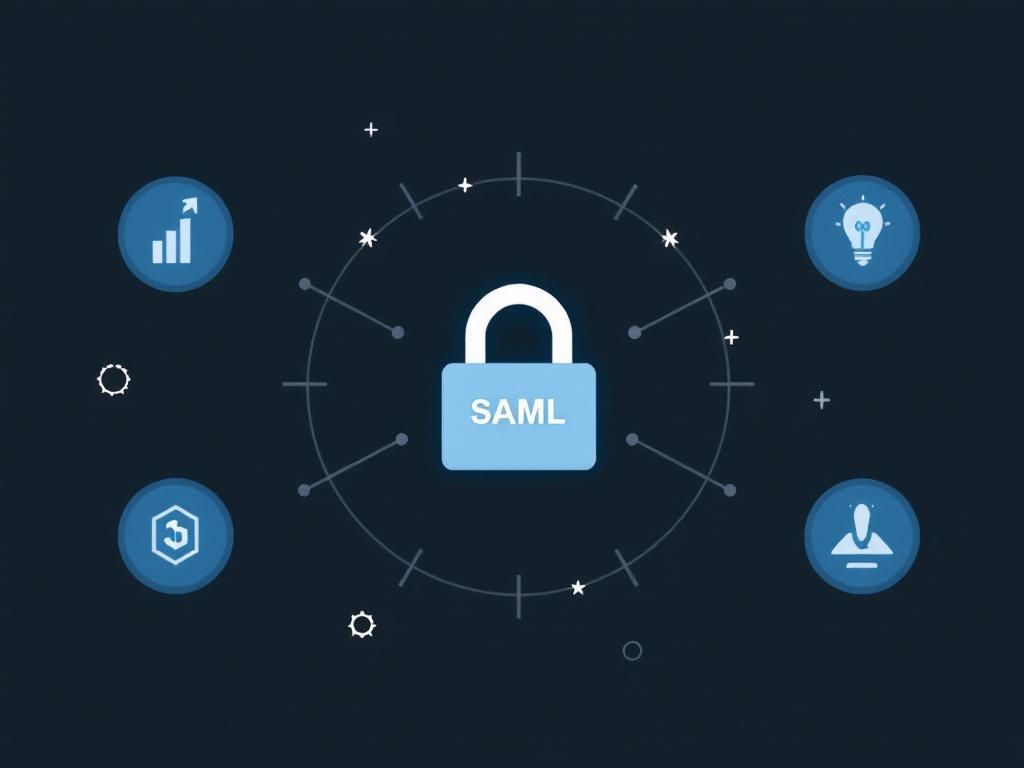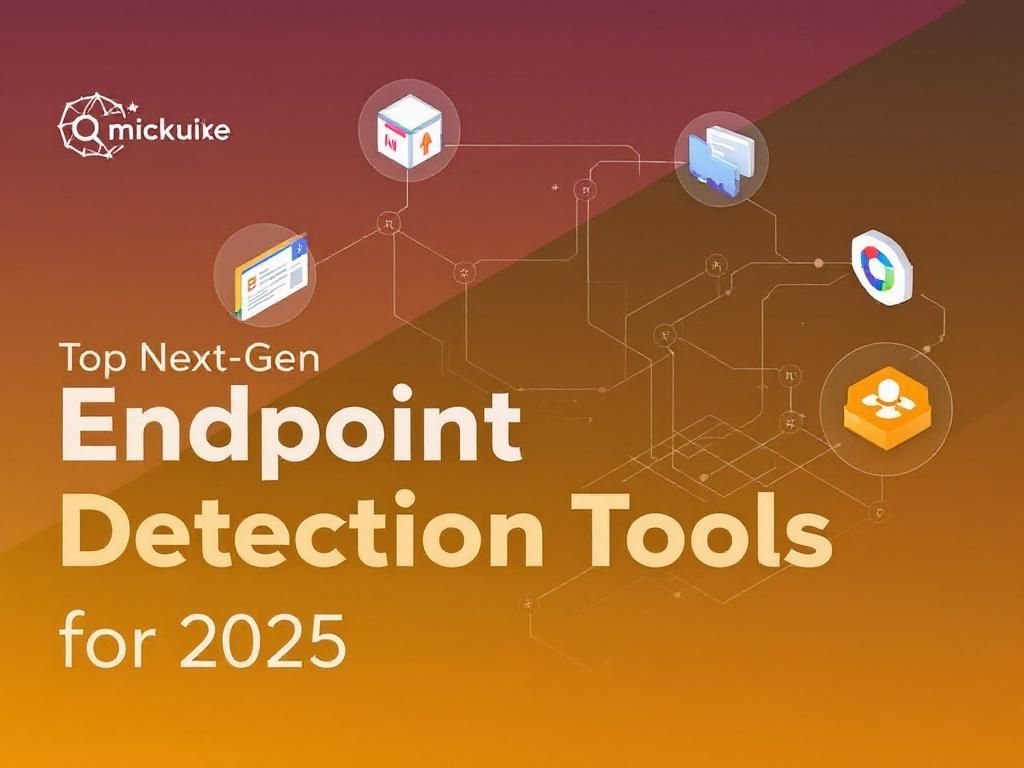Maximize Security with Digital Identity Management in 2025
Explore how digital identity management can enhance security in 2025, protecting your data and privacy effectively.

In an increasingly digital world, where cyber threats are evolving at an unprecedented pace, the integrity of our digital identities is paramount. As individuals and organizations shift more of their operations online, the need for robust security measures becomes more critical than ever. Digital identity management (DIM) stands as a cornerstone of cybersecurity, ensuring that only authorized individuals have access to sensitive information. In this article, we’ll explore the various strategies and technologies available to maximize security through effective digital identity management as we look towards 2025.
Table of Contents
Understanding Digital Identity Management
Digital identity management encompasses a set of processes and technologies that enable organizations to develop, manage, and authenticate user identities across various platforms and applications. It involves the following key components:
- Identity Verification: Ensuring that an individual is who they claim to be through various authentication mechanisms.
- Access Control: Regulating who can access specific resources within an organization based on their identity.
- Identity Governance: Policies and procedures that dictate how identities are created, managed, and deactivated.
- Audit and Compliance: Monitoring and reporting on identity activities to ensure adherence to regulations.
The Growing Importance of DIM
As cyber threats continue to increase, the importance of digital identity management cannot be overstated. Here are several reasons why organizations must prioritize DIM:
1. Rise in Cybersecurity Threats
The frequency and sophistication of cyberattacks are on the rise. Identity-related breaches, such as credential theft and phishing, account for a significant percentage of these threats. A strong DIM strategy helps mitigate these risks by implementing multi-factor authentication (MFA) and identity verification processes.
2. Regulatory Compliance
With regulations like GDPR and CCPA emphasizing data protection, organizations must ensure their digital identity practices are compliant. Failure to do so can result in hefty fines and damage to an organization’s reputation.
3. Remote Work Dynamics
The shift to remote work has expanded the attack surface for cyber threats. Digital identity management provides a way to secure user access to corporate resources from anywhere, ensuring that only authorized users can access sensitive data.
Key Strategies for Maximizing Security in DIM
To fortify digital identity management, organizations can implement a variety of strategies:
1. Multi-Factor Authentication (MFA)
MFA adds an additional layer of security by requiring users to provide two or more verification factors to gain access to a resource. Common factors include:
- Something you know (password or PIN)
- Something you have (smartphone or hardware token)
- Something you are (biometric verification)
2. Role-Based Access Control (RBAC)
RBAC limits access to information based on the role of the user within the organization. This minimizes the risk of unauthorized access and ensures that users can only see what they need to perform their job duties.
| Role | Access Level | Permissions |
|---|---|---|
| Admin | Full Access | All resources |
| Employee | Limited Access | Department-specific resources |
| Guest | Restricted Access | Public resources only |
3. Regular Identity Audits
Conducting regular audits of identities helps organizations identify and mitigate potential security risks. Audits can include:
- Reviewing access logs
- Validating user identities
- Assessing permission levels
4. Identity Lifecycle Management (ILM)
Managing the identity lifecycle involves ensuring that identities are created, modified, and deleted in a timely manner based on the user’s employment status or role changes. This process should include:
- Onboarding: Creating identities for new employees with appropriate access levels.
- Change Management: Updating access as roles and responsibilities evolve.
- Offboarding: Deactivating identities promptly when an employee leaves the organization.
Technologies Transforming Digital Identity Management
The landscape of digital identity management is continuously evolving, with new technologies emerging to enhance security:
1. Blockchain Technology
Blockchain offers a decentralized way to store and verify identities, enhancing security and reducing the risk of identity theft. By using cryptographic techniques, individuals maintain greater control over their own identities.
2. Artificial Intelligence (AI) and Machine Learning (ML)
AI and ML can be leveraged to analyze user behavior and detect anomalies. By identifying unusual patterns, organizations can quickly respond to potential threats and mitigate risks before they escalate.
3. Decentralized Identity Solutions
Decentralized identities empower individuals to control their personal data without relying on a central authority. This model increases user privacy and security, aligning with modern data protection requirements.
Conclusion
The future of digital identity management is not only about securing access to information but also about building trust in a digital society. As we approach 2025, organizations must adopt advanced DIM strategies and technologies to protect against evolving threats. By prioritizing security, compliance, and user privacy, businesses can safeguard their operations and maintain the integrity of their digital identities. Embracing these practices will not only enhance security but also foster a culture of accountability and trust in the digital landscape.
FAQ
What is Digital Identity Management?
Digital Identity Management refers to the processes and technologies used to create, manage, and secure digital identities of users, ensuring that only authorized individuals have access to sensitive information and systems.
Why is Digital Identity Management important for security?
Digital Identity Management is crucial for security as it helps prevent unauthorized access, reduces the risk of data breaches, and ensures compliance with regulations by managing user permissions and access rights effectively.
How will Digital Identity Management evolve by 2025?
By 2025, Digital Identity Management is expected to integrate advanced technologies like AI and biometrics, enhancing security measures, streamlining user experiences, and enabling more robust identity verification processes.
What are the key components of a Digital Identity Management system?
Key components include identity verification, user authentication, access control, audit trails, and compliance monitoring to ensure secure and efficient management of digital identities.
How can organizations implement effective Digital Identity Management?
Organizations can implement effective Digital Identity Management by adopting best practices such as utilizing multi-factor authentication, regularly updating security protocols, and training employees on identity security awareness.
What are the challenges in Digital Identity Management?
Challenges in Digital Identity Management include managing diverse identity platforms, ensuring user privacy, keeping up with regulatory changes, and defending against evolving cyber threats.








